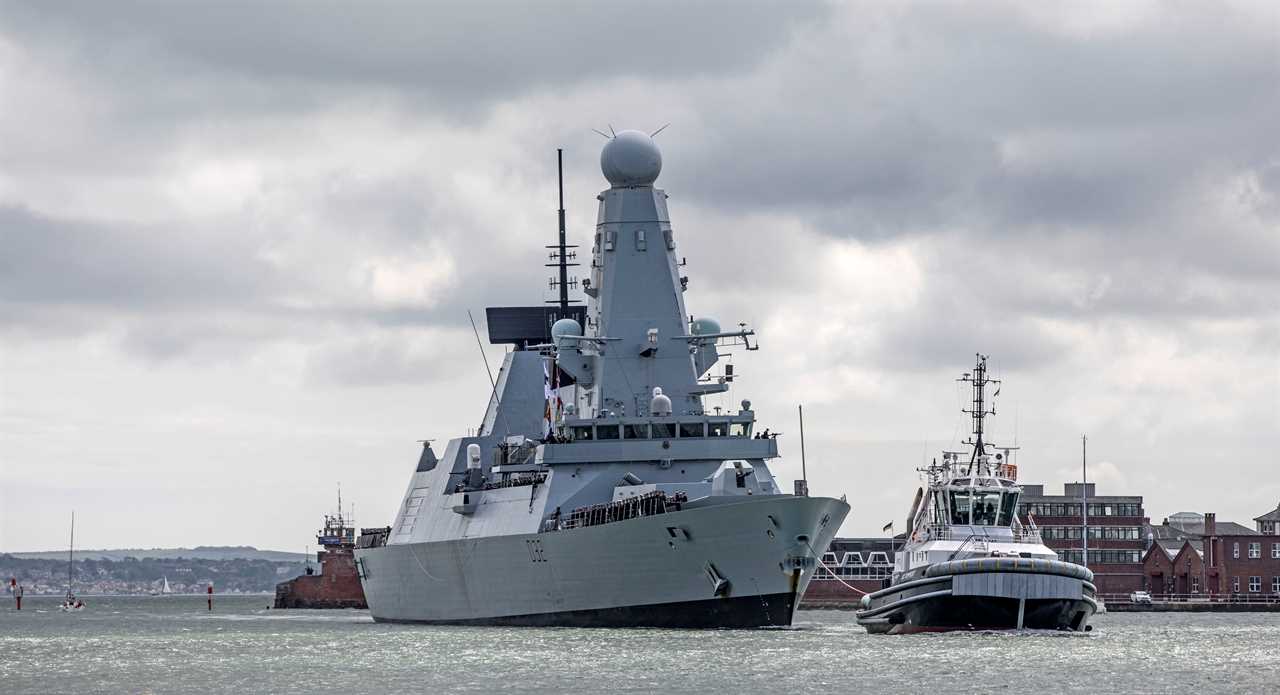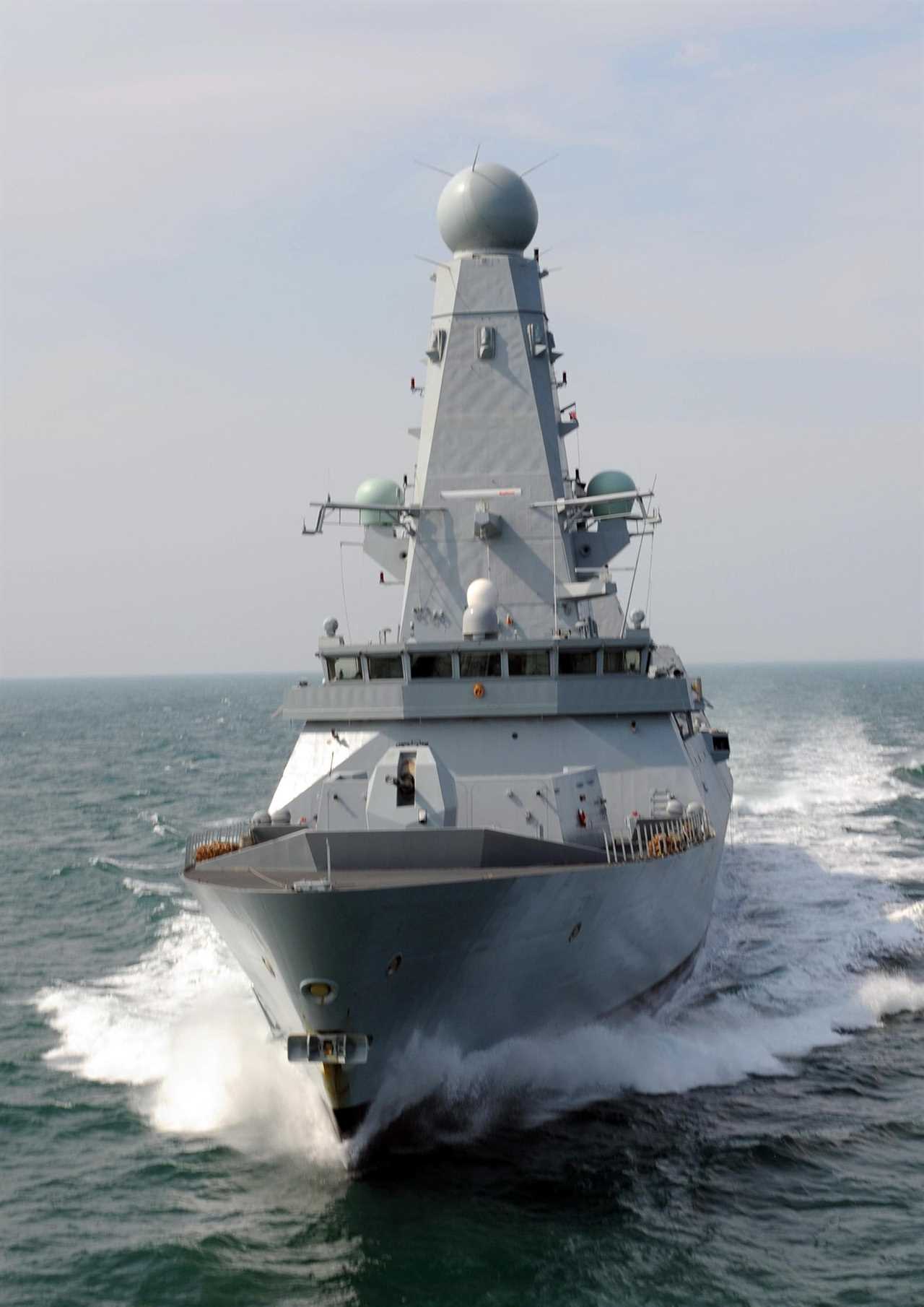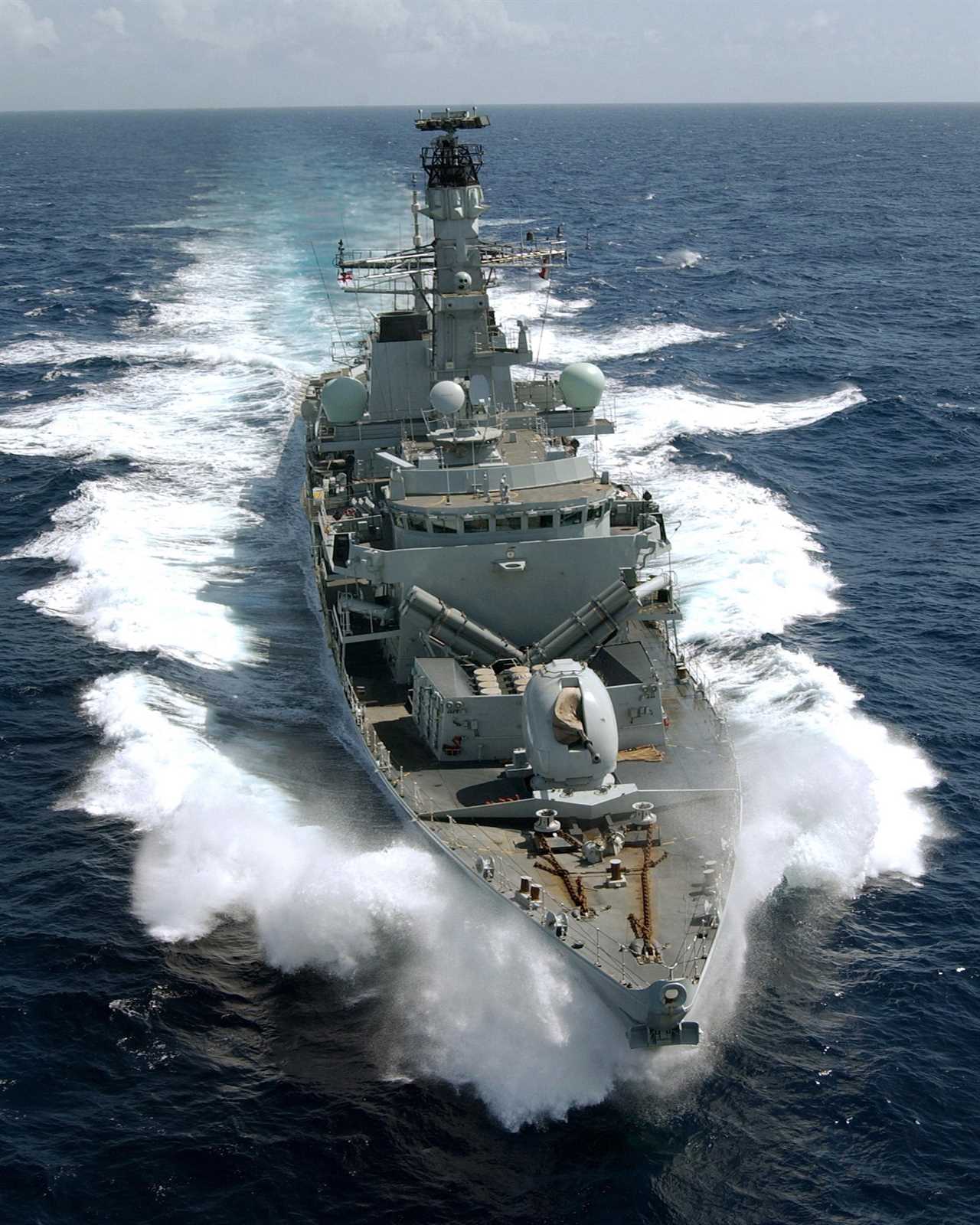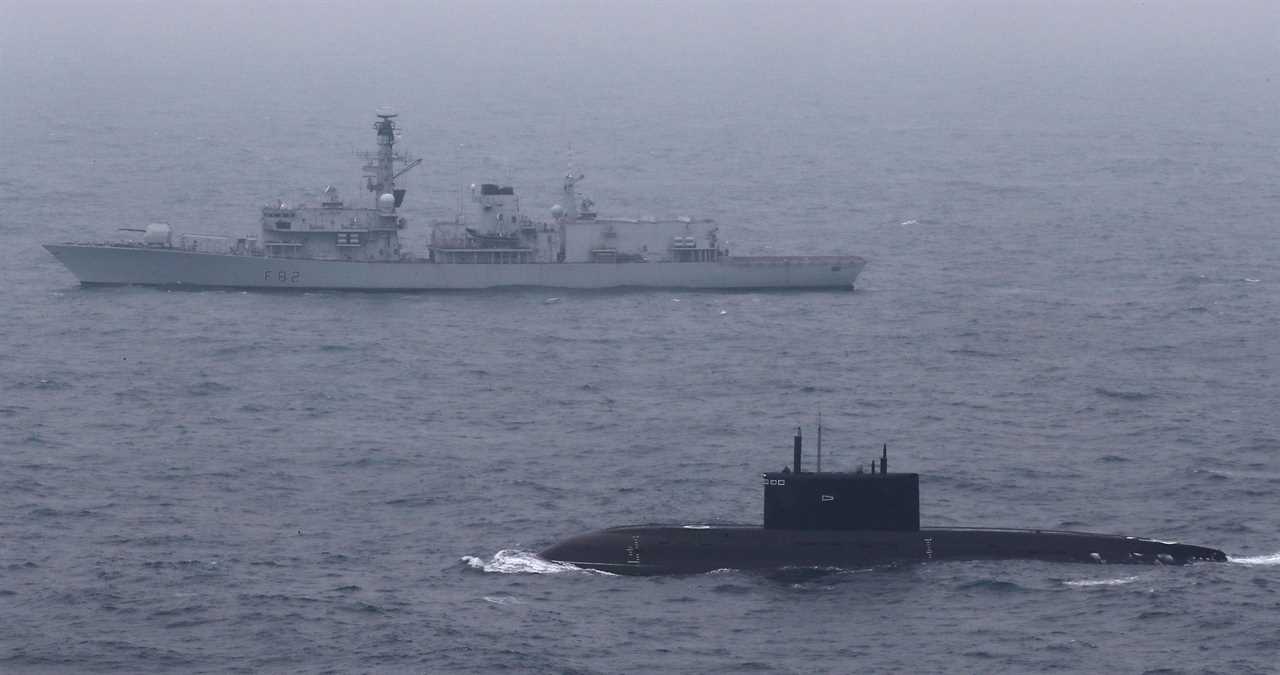TWO of the Royal Navy’s most powerful warships have spent the past year stuck in port with maintenance problems, defence chiefs have admitted.
The £1billion Type 45 destroyers have been docked in Portsmouth while Russia steps up its hostile presence around British waters.


HMS Daring has not spent a single day at sea since 2017, when it sailed for a total of just 85 days.
Its 8,000-ton sister ship HMS Duncan was also confined to Portsmouth for the whole of 2020.
Navy chiefs discovered problems with the engines of the six Type 45 destroyers in 2016 but it has taken taken years to solve the issue.
The ships’ engines were breaking down in warm waters making it difficult for them to serve in the Persian Gulf.
Contractors claimed at the time that the MoD did not tell them the Type 45 destroyers would be spending a long time operating in warm waters.
Latest MoD figures show all six destroyers spent a total of 339 days at sea for the whole of 2020.
Four of the Navy’s 13 Type 23 Frigates also spent last year in port while a another only managed 10 days at sea.
HMS Portland had not left harbour since 2018 and has only been at sea for 41 days in the last four years and HMS Somerset has been stuck in port since 2019.
The ships are some of the armed forces most expensive assets and have annual running costs of between £11 and 13 million a year.
The vessels are also vital to the security of the UK sea lanes.

Labour last night claimed the problem was putting a massive strain on Britain’s sea defence capabilities.
Shadow Defence Secretary, John Healey MP, said: “Russia has stepped up its hostile presence around the UK’s waters, yet ministers are failing to keep these vital ships at sea. Destroyers can’t do their job defending Britain from the dockside.
“The Defence Secretary has serious questions to answer on why these destroyers now spend so much less time at sea and why he’s sending two off round the world when defending the UK should be top priority.”
The Royal Navy is understrength and needs another 1,600 personnel before hitting its workforce target of 30,730 troops.
Experts say some of the difficulty with getting the vessels out to sea is caused by a lack of crew members, meaning they have occasionally been used as training ships.
Last year Lord West, a former head of the Royal Navy, said the shortage of available ships had been due to manpower and maintenance issues.
He said: “Ship availability has been a burning issue for the Defence Secretary.
“As a result of the Integrated Review we will lose a frigate a year from 2025 onwards meaning we will only have 11 frigates from this year and 10 in 2025 , nine in 2026.
“The delay in ordering new frigates is the core of the problem.”


An MoD spokesman said: “The Type 45 is a world class Destroyer and the Type 23 Frigates are the core of the front-line fleet.
“Both are playing a key role in the Royal Navy’s Carrier Strike capability, they make an enormous contribution to the defence of the UK and our international partners who hold them in the highest regard.
“All Royal Navy ships rotate through planned operating cycles involving routine maintenance, repair, training, deployment, leave, essential modification and upgrades and will, therefore, be at varying levels of readiness in accordance with Defence requirements.”
Did you miss our previous article...
https://trendinginthenews.com/uk-politics/boris-johnson-did-not-break-ministerial-code-over-no11-flat-refurb-official-probe-finds






